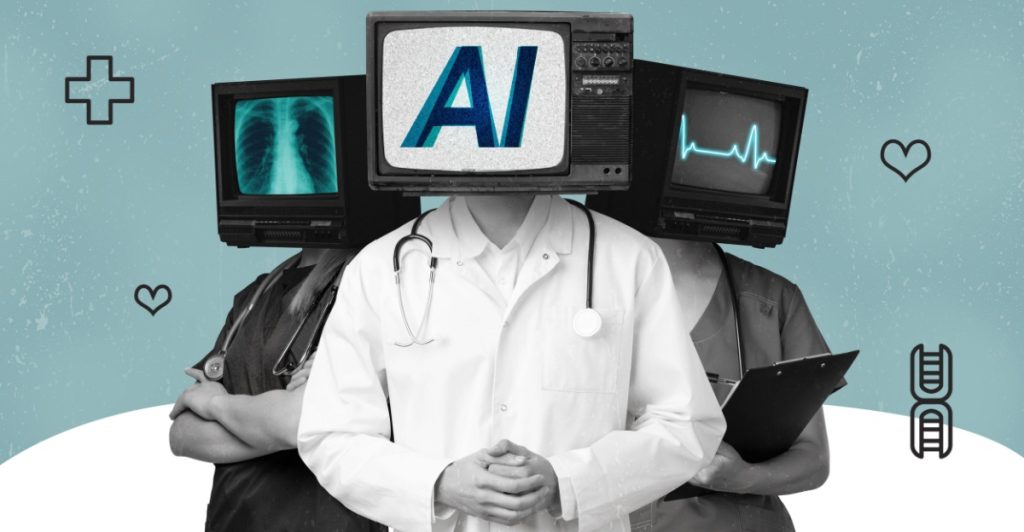AI expert warns 99% of jobs could vanish by 2030.
Others are reading now
An AI researcher has predicted that automation could wipe out nearly every job within the next decade, leaving only a handful of professions that still require a human touch.
An “extinction-level event”
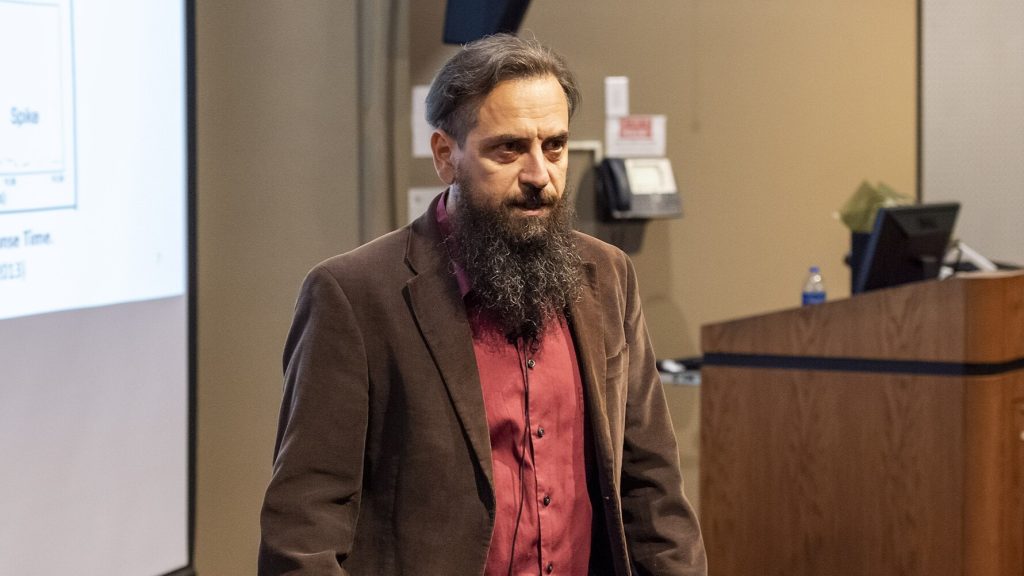
The rapid advance of artificial intelligence could bring an “extinction-level event” for most jobs, according to AI researcher Dr. Roman Yampolskiy.
Speaking on the Diary of a CEO podcast, the expert predicted that by 2030, artificial general intelligence (AGI) — systems capable of performing any human task — and humanoid robotics will make human workers largely unnecessary.
A warning of “99 percent unemployment”
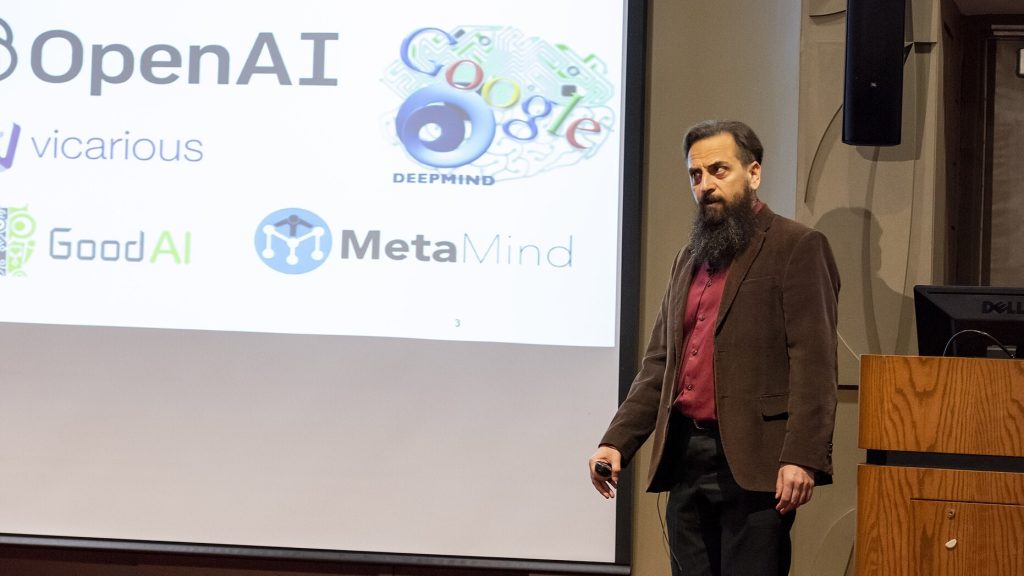
“In five years all the physical labor can also be automated,” Yampolskiy warned, as cited by Ladbible.
“We’re looking at a world where we have levels of unemployment we’ve never seen before — not 10 percent, which is scary, but 99 percent.”
Also read
Five job sectors that could survive
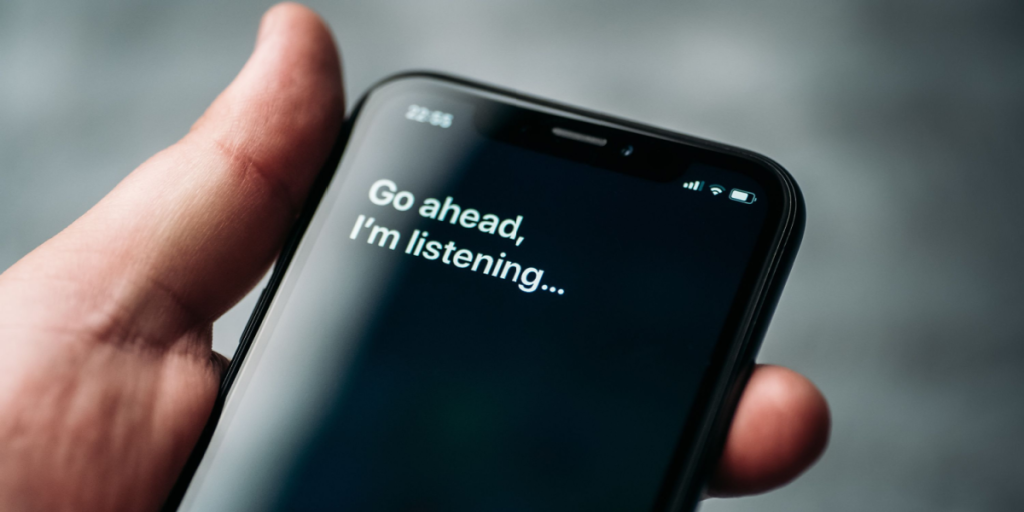
Yampolskiy outlined five areas where humans might still find work.
But most would exist only because people prefer dealing with humans rather than machines.
1. Jobs that rely on the human touch

“There will still be jobs where, for whatever reason, you prefer another human to do it for you,” Yampolskiy said.
He cited accounting as one example.
Even though AI can perform financial calculations faster and more accurately than humans, some clients — particularly the wealthy — may still want a trusted human advisor.
Also read
“Warren Buffett would not switch to AI. He would use his human accountant,” he said.
2. Human-made creative work

According to Yampolskiy, a small niche market will remain for handmade and human-created goods.
“You might get a tiny subset of a market for people who still prefer man-made crafts,” he said, describing it as “almost a fetish.”
He compared this to how people pay extra for handmade products or local art rather than mass-produced goods. “It won’t support many jobs,” he added.
3. Jobs requiring lived human experience

Professions built around empathy and shared experience — such as therapists, counselors, and social workers — could survive longer.
Also read
“There are people using AI as a therapist,” Yampolskiy said, “but people value someone who truly understands what it means to be human.”
He added, “In a world of superintelligence that is better than all humans in all domains, what can you contribute? You know better than anyone what it’s like to be you.”
4. AI regulation and oversight
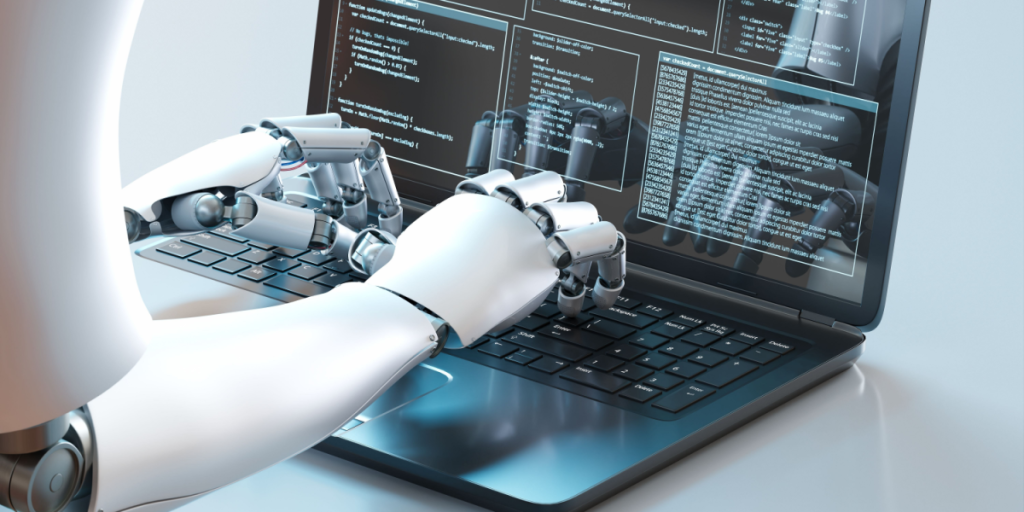
Humans will still be needed to oversee and regulate AI — at least temporarily.
“Someone has to make decisions about AI,” Yampolskiy said, warning that full automation of decision-making would be risky.
Oversight roles could slow the rollout of advanced AI systems, stretching the timeline for global adoption from five years to fifty.
Also read
“At this point,” he said, “we’re just trying to get more time.”
5. Translators between humans and AI
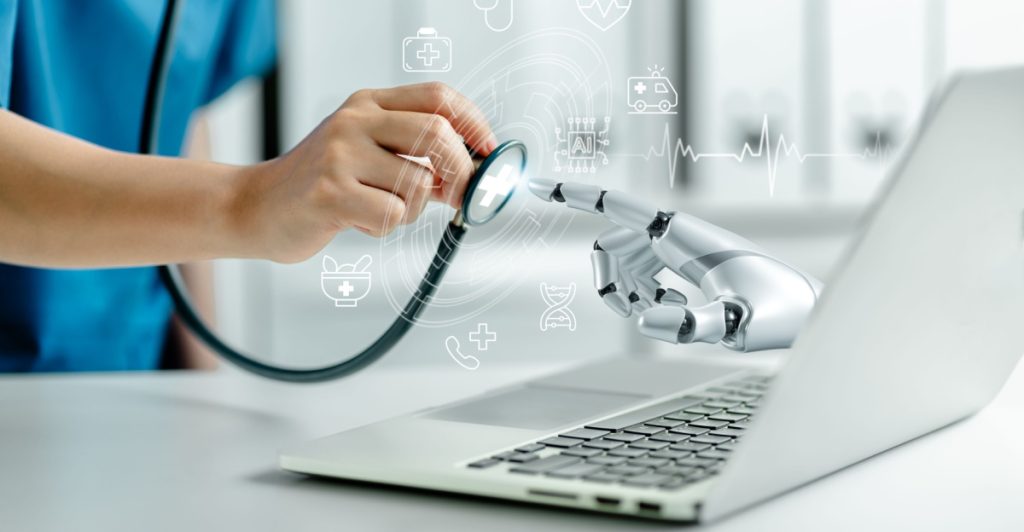
As AI systems become more complex, humans who understand both technology and communication will be vital to bridge the gap.
Yampolskiy said businesses will need “AI intermediaries” — people who can interpret and explain the technology to non-experts.
“You’ll need someone who knows how AI works and can explain it to humans,” he explained.
A grim picture for the future of work
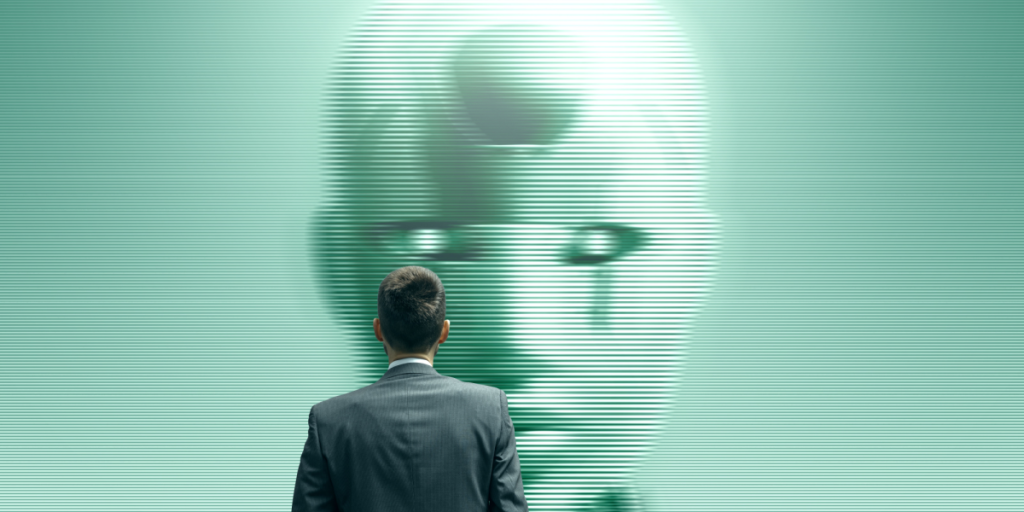
The AI expert’s forecast paints a stark future.
Also read
One where automation displaces nearly all human labor, leaving only narrow niches for those who provide emotional connection, artistic value, or oversight.

